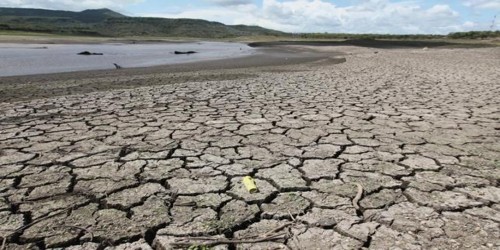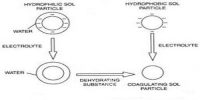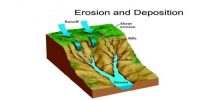The term ‘drought’ is applied to an extended period when there is a shortage of water availability due to inadequate precipitation, excessive rate of evaporation and over-utilization of water from the reservoirs and other storages, including the groundwater. It is a prolonged period of abnormally low rainfall, leading to a shortage of water.
Types of Droughts
Meteorological Drought: It is a situation when there is a prolonged period of inadequate rainfall marked with mal-distribution of the same over time and space.
Agricultural Drought: It is also known as soil moisture drought, characterized by low soil moisture that is necessary to support the crops, thereby resulting in crop failures. Moreover, if an area has more than 30 percent of its gross cropped area under irrigation, the area is excluded from the drought-prone category.
Hydrological Drought: It results when the availability of water in different storages and reservoirs like aquifers, lakes, reservoirs, etc. A falls below what the precipitation can replenish.
Ecological Drought: When the productivity of a natural ecosystem fails due to a shortage of water and as a consequence of ecological distress, damages are induced in the ecosystem.
In the most general sense, drought originates from a deficiency of precipitation over an extended period of time, usually a season or more, resulting in a water shortage for some activity, group, or environmental sector. Various parts of India experience these droughts recurrently which result in some serious socio-economic and ecological problems.
















